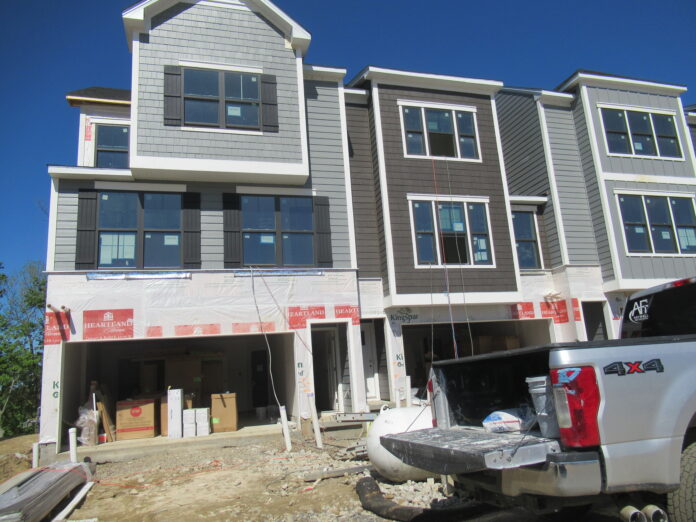Following a few months of moderating prices last spring and summer, lumber prices are soaring once again, disrupting the housing market and harming housing affordability.
Over the past four months, lumber prices have nearly tripled, causing the price of an average new single-family home to increase by more than $18,600, according to NAHB standard estimates of lumber used to build the average home. This lumber price hike has also added nearly $7,300 to the market value of the average new multifamily home, which translates into households paying $67 a month more to rent a new apartment.
According to Random Lengths, as of Dec. 29, the price of framing lumber topped $1,000 per thousand board feet — a 167% increase since late August.
NAHB calculated these average home price increases based on the softwood lumber that goes into the average new home, as captured in the Builder Practices Survey conducted by Home Innovation Research Labs. Included is any softwood used in structural framing (including beams, joists, headers, rafters and trusses), sheathing, flooring and underlayment, interior wall and ceiling finishing, cabinets, doors, windows, roofing, siding, soffit and fascia, and exterior features such as garages, porches, decks, railing, fences and landscape walls.
Why Lumber Prices Have Surged
The unprecedented price volatility in the lumber market dates back to April 2020 when the COVID-19 pandemic took hold and sawmills curtailed production in anticipation of reduced demand. When it became clear in the ensuing months that housing weathered the storm much better than predicted and demand remained strong, lumber mills did not ramp up production accordingly.
The slow reaction by sawmills, combined with massive uptick in demand from do-it-yourselfers and big box retailers during the pandemic resulted in lumber prices peaking at a record-shattering $1,500 per thousand board feet in May 2021, before beginning a gradual decline through late August.
This most recent lumber price upsurge is due to a number of factors, including:
- Ongoing supply chain disruptions
- A doubling of tariffs on Canadian lumber imports into the U.S. market that increased price volatility
- An unusually strong summer wildfire season in the western United States and British Columbia
NAHB Actions
As lumber prices remain stubbornly high, NAHB continues to work relentlessly with the White House, Congress and lumber producers to resolve lumber and other building material supply chain disruptions, increase lumber production and bring material prices lower. This is the top priority for the association. Over the past several weeks, NAHB has taken the following actions:
- At the behest of NAHB, 84 members of Congress sent a joint letter to Commerce Secretary Gina Raimondo in late December expressing urgent concern regarding the Commerce Department’s recent decision to double tariffs on softwood lumber products from Canada. The letter also calls on the United States to resume talks with Canada to negotiate a new softwood lumber trade agreement.
- In early December, NAHB leaders met with top Canadian officials at the Canadian embassy in Washington to discuss key softwood lumber issues, including the urgent need to restart negotiations on a new softwood lumber agreement that would end tariffs.
- NAHB sent a letter to President Biden on Dec. 3 calling on the White House to combat high lumber prices by engaging with Canada on a new softwood lumber agreement and increasing domestic lumber production.










